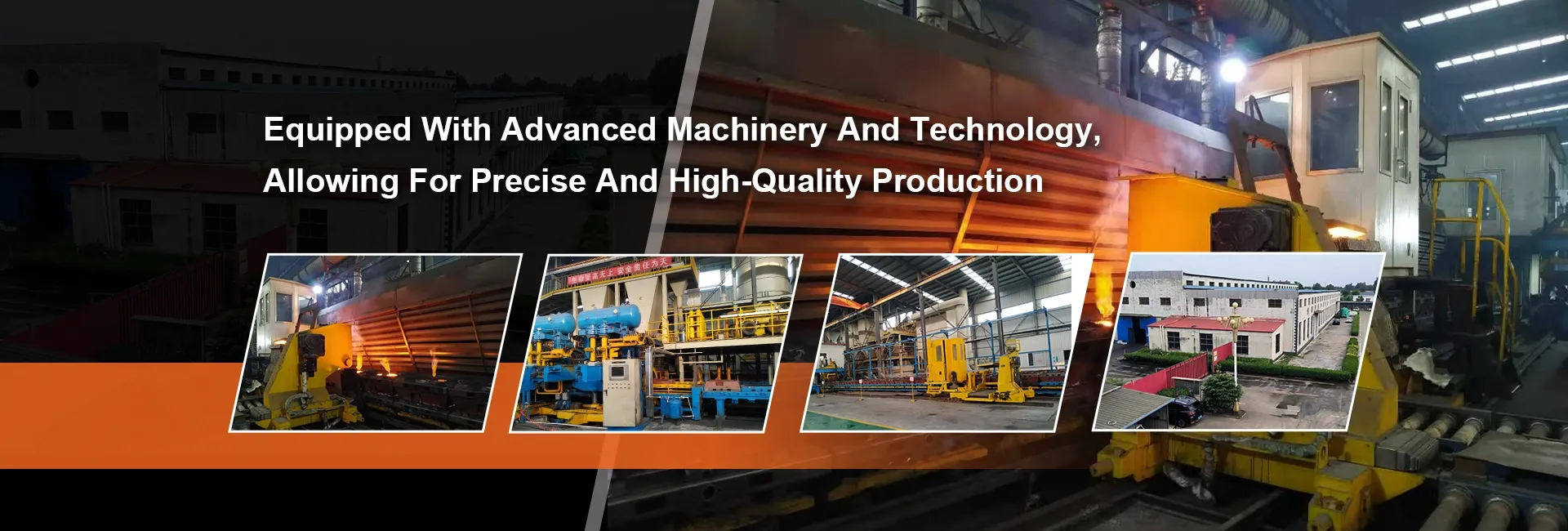
-
 Afrikaans
Afrikaans -
 Albanian
Albanian -
 Amharic
Amharic -
 Arabic
Arabic -
 Armenian
Armenian -
 Azerbaijani
Azerbaijani -
 Basque
Basque -
 Belarusian
Belarusian -
 Bengali
Bengali -
 Bosnian
Bosnian -
 Bulgarian
Bulgarian -
 Catalan
Catalan -
 Cebuano
Cebuano -
 Corsican
Corsican -
 Croatian
Croatian -
 Czech
Czech -
 Danish
Danish -
 Dutch
Dutch -
 English
English -
 Esperanto
Esperanto -
 Estonian
Estonian -
 Finnish
Finnish -
 French
French -
 Frisian
Frisian -
 Galician
Galician -
 Georgian
Georgian -
 German
German -
 Greek
Greek -
 Gujarati
Gujarati -
 Haitian Creole
Haitian Creole -
 hausa
hausa -
 hawaiian
hawaiian -
 Hebrew
Hebrew -
 Hindi
Hindi -
 Miao
Miao -
 Hungarian
Hungarian -
 Icelandic
Icelandic -
 igbo
igbo -
 Indonesian
Indonesian -
 irish
irish -
 Italian
Italian -
 Japanese
Japanese -
 Javanese
Javanese -
 Kannada
Kannada -
 kazakh
kazakh -
 Khmer
Khmer -
 Rwandese
Rwandese -
 Korean
Korean -
 Kurdish
Kurdish -
 Kyrgyz
Kyrgyz -
 Lao
Lao -
 Latin
Latin -
 Latvian
Latvian -
 Lithuanian
Lithuanian -
 Luxembourgish
Luxembourgish -
 Macedonian
Macedonian -
 Malgashi
Malgashi -
 Malay
Malay -
 Malayalam
Malayalam -
 Maltese
Maltese -
 Maori
Maori -
 Marathi
Marathi -
 Mongolian
Mongolian -
 Myanmar
Myanmar -
 Nepali
Nepali -
 Norwegian
Norwegian -
 Norwegian
Norwegian -
 Occitan
Occitan -
 Pashto
Pashto -
 Persian
Persian -
 Polish
Polish -
 Portuguese
Portuguese -
 Punjabi
Punjabi -
 Romanian
Romanian -
 Russian
Russian -
 Samoan
Samoan -
 Scottish Gaelic
Scottish Gaelic -
 Serbian
Serbian -
 Sesotho
Sesotho -
 Shona
Shona -
 Sindhi
Sindhi -
 Sinhala
Sinhala -
 Slovak
Slovak -
 Slovenian
Slovenian -
 Somali
Somali -
 Spanish
Spanish -
 Sundanese
Sundanese -
 Swahili
Swahili -
 Swedish
Swedish -
 Tagalog
Tagalog -
 Tajik
Tajik -
 Tamil
Tamil -
 Tatar
Tatar -
 Telugu
Telugu -
 Thai
Thai -
 Turkish
Turkish -
 Turkmen
Turkmen -
 Ukrainian
Ukrainian -
 Urdu
Urdu -
 Uighur
Uighur -
 Uzbek
Uzbek -
 Vietnamese
Vietnamese -
 Welsh
Welsh -
 Bantu
Bantu -
 Yiddish
Yiddish -
 Yoruba
Yoruba -
 Zulu
Zulu
brake clutch and drum
Understanding Brake, Clutch, and Drum Key Components of Modern Vehicles
In the complex world of automotive engineering, a solid grasp of the critical components that ensure vehicle safety and performance is essential. Among these components, the brake, clutch, and drum systems play pivotal roles in determining how a vehicle operates. Each of these elements functions distinctly yet harmoniously to provide an optimal driving experience.
Understanding Brake, Clutch, and Drum Key Components of Modern Vehicles
In considering the clutch, particularly in vehicles with manual transmissions, its primary function is to engage and disengage the engine from the wheels. The clutch allows for smooth gear changes, enabling the driver to adjust speed and power according to driving conditions. When the clutch pedal is pressed, the clutch disengages the engine, allowing the driver to shift gears without grinding. This process is critical in achieving a harmonious connection between the engine power and the wheels, ultimately enhancing driving control and efficiency.
brake clutch and drum

The drum, often associated with drum brake systems, serves as a vital component in the braking process. In a drum brake system, shoes are pressed against the inner surface of a rotating drum to create friction and slow the vehicle down. While generally more affordable and easier to maintain than disc brakes, drum brakes do have some drawbacks, such as increased heat buildup and less consistent stopping power. Technological advancements continue to refine drum brake performance, ensuring they remain a relevant choice in certain applications despite the growing popularity of disc brake systems.
The interaction between these three components—brake, clutch, and drum—highlights the importance of careful design and engineering in ensuring vehicle reliability and safety. Regular maintenance of these systems is essential, as wear and tear can significantly impact performance and safety. Drivers should be aware of symptoms indicating that these systems might need attention, such as unusual noises, vibrations, or changes in responsiveness.
In conclusion, the brake, clutch, and drum systems are integral to a vehicle's operation. Understanding their functions not only enhances a driver's appreciation for automotive technology but also underscores the importance of regular maintenance to ensure safe and efficient driving. As automotive technology continues to evolve, so do these crucial components, paving the way for enhanced performance and safety in the future.
-
What Are Drum BrakesNewsJul.07,2025
-
Understanding Brake Drum MaterialNewsJul.07,2025
-
Semi-Trailer Brake Drum: A Key Component for Extreme Loads and Long-Distance TransportNewsJul.07,2025
-
Drum Brake Pads for SaleNewsJul.07,2025
-
Brake Drums for SaleNewsJul.07,2025
-
Brake Drum ManufacturerNewsJul.07,2025
-
Aluminum Brake Drums: The Future of High-Performance CarsNewsJul.07,2025
